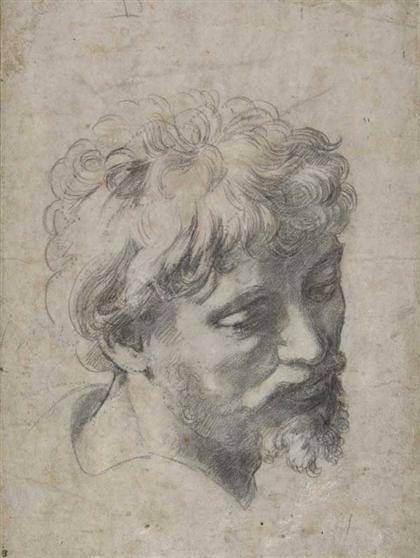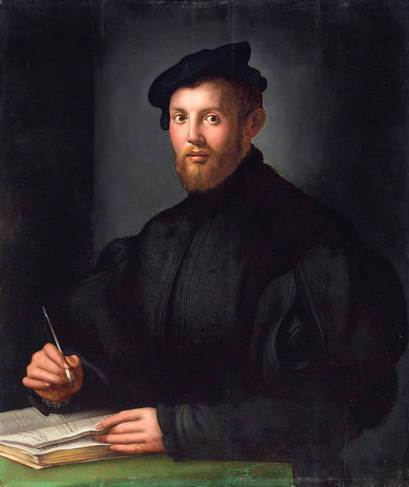Michelangelo Sculpture Returns to the U.S.
Michelangelo’s ‘David-Apollo’ travels to Washington Michelangelo’s ‘David-Apollo’ is on view at the National Gallery of Washington from December 13 2012 through March 3 2013, 63 years after its first visit to the Gallery.]]>
December 18, 2012, source: National Gallery of Art, Washington
The David-Apollo first visited the National Gallery of Art more than 60 years ago, as a token of gratitude for postwar aid and to reaffirm the friendship and cultural ties that link the peoples of Italy and the United States. The masterpiece’s installation here in 1949 coincided with Harry Truman’s inaugural reception. During the next six months the sculpture was seen by more than 791,000 visitors. In 2013, a new generation of visitors to the National Mall around the time of another inauguration—Barack Obama’s second—will also have the chance to view the David-Apollo.
The ideal of the multitalented Renaissance man came to life in Michelangelo Buonarroti (1475–1564), whose achievements in sculpture, painting, architecture, and poetry are legendary. The subject of this statue, like its form, is unresolved. In 1550 Michelangelo’s biographer Giorgio Vasari described the figure as “an Apollo who draws an arrow from his quiver,” referring to the classical god of music and enlightenment, whose arrows could assail both terrible monsters and disrespectful mortals. A 1553 inventory of the collection of Duke Cosimo I de’ Medici, however, calls the work “an incomplete David by Buonarroti.” By then it had entered the Palazzo Vecchio (the seat of government in Florence), joining several earlier sculptures of the biblical giant-killer David, a favorite Florentine symbol of resistance to tyranny.
In the David-Apollo, the undefined form below the right foot plays a key role in the composition. It raises the foot, so that the knee bends and the hips and shoulders shift into a twisting movement, with the left arm reaching across the chest and the face turning in the opposite direction. This spiraling pose, called serpentinata (serpentine), invites viewers to move around the figure and admire it from every angle. Michelangelo’s conceptions of figures in this complex, twisting pose exerted a strong influence on contemporary and later artists. Although he brought the David-Apollo almost to completion, he left the flesh areas unfinished, as though veiled by a fine network of chisel marks that would have been filed off when the sculpture was completed. Least finished are the supporting tree trunk and the elements that would establish the subject: the rectangle on the figure’s back that could become a quiver or sling, and the form under his right foot that could be a stone or the head of the vanquished Goliath.
Related content
NGA acquires works by Moran, Whistler and others (news, August 2012)
Follow us on:


